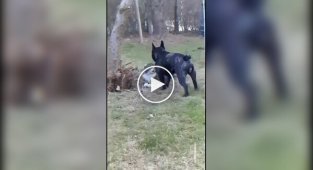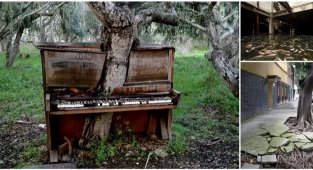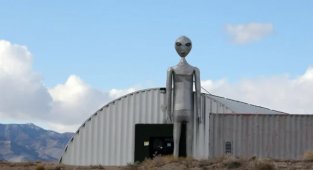Animals in the Chernobyl nuclear power plant area (11 photos)
It seemed that after April 26, 1986, for many kilometers around Pripyat there would be only scorched earth, empty houses abandoned in a hurry and quiet, silent forests. But years passed and the exclusion zone began to live its own, special life. And this was after the release of radioactive substances that were hundreds of times higher than the radiation level when the bombing of Hiroshima occurred. 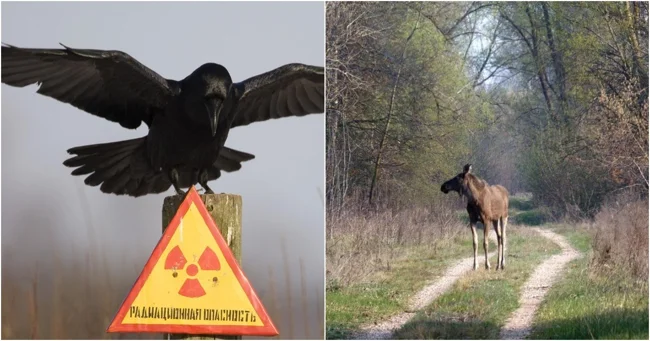
This region has become a clear laboratory for studying how radiation affects nature. You can see who is able to survive after one of the worst disasters of the 20th century, and who is not. This applies to both plants and animals. Brave travelers and researchers come to Pripyat to see with their own eyes what it has become today.
Wildlife returns due to absence of people 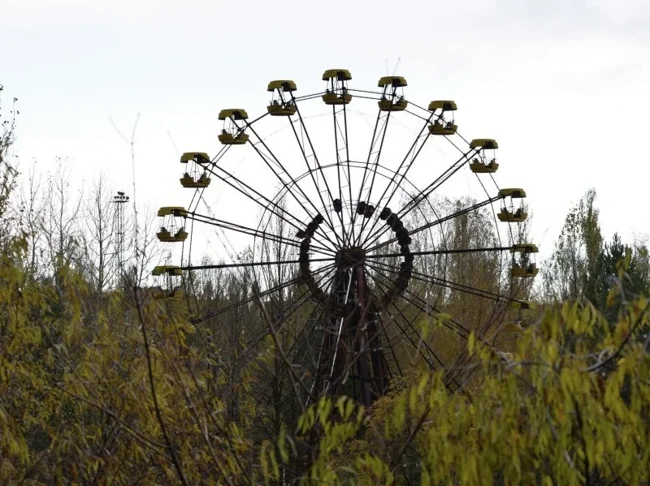
A terrible random experiment showed that nature does a great job, especially if you don't interfere with it. Hunting is strictly prohibited; living there is not exactly prohibited, but it is highly discouraged. Animals, due to their calmness, are not afraid of people, they experience practically no stress and it is easier for them to adapt than in populated areas.
Animals survived 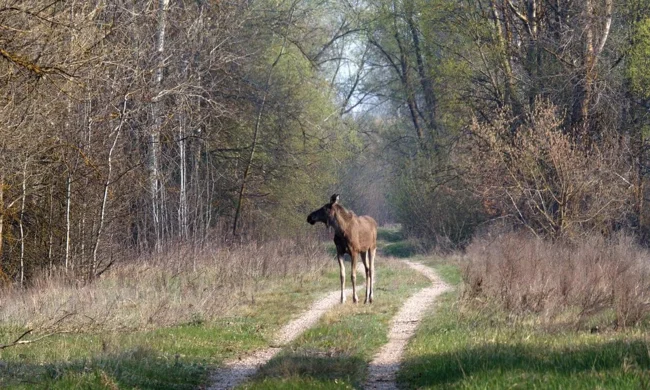
Nature amazes with its survivability. The famous "red forest" is a very typical example. The leaves of the trees turned black and began to look like rust in color. In the exclusion zone, the Soviet military had to shoot stray animals, but, nevertheless, many species of animals were able to hide, survive and continue to live in the disaster zone. A number of plants also coped with the deadly poison and also continue to bloom.
Meanwhile, scientists have estimated that the area around the nuclear power plant will be unsuitable for human life for another 20 thousand years.
wild Horse 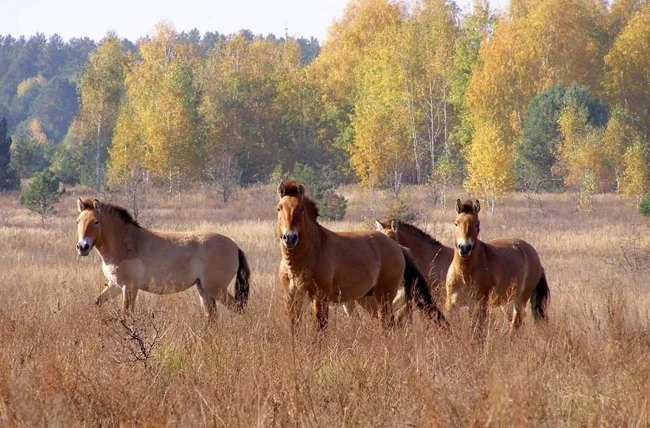
The Przewalski's horse is an ancient breed, and a wild one at that. They were not domesticated and were not influenced by humans in any way. But the population of these wild horses is decreasing every year and there is a high probability that this population will soon disappear completely, and this is a truly valuable and unique gene pool.
The last observation of these horses occurred back in the late 60s, and after that they began to believe that Przewalski’s horse could no longer be found in the wild. But ecologists from the UK discovered that in the exclusion zone this wild horse not only exists, but also feels great and thrives. At the end of the 90s, about 30 individuals were released into the zone, and today there are already more than two hundred of them there. There are photographs not only of those who were originally released, but also of young individuals and foals. The population is growing, the endangered species is being restored again.
Birds 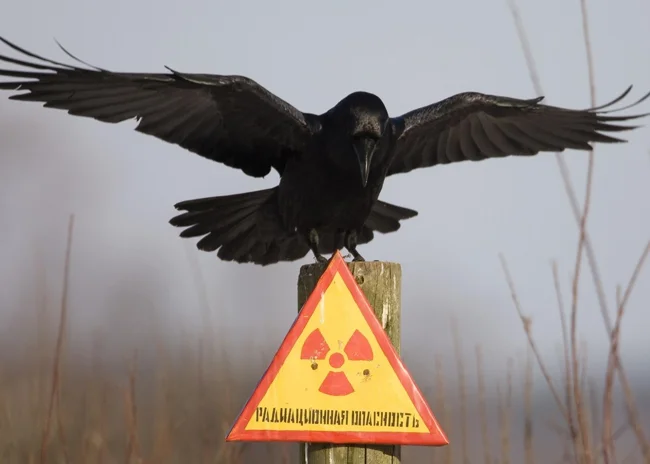
Research by scientists has shown that shore swallows in the disaster area have an increased level of albinism, which is associated with a genetic mutation due to radiation.
Birds also appeared there, whose brain mass is smaller, and their populations are less diverse in species and their numbers are smaller. So, despite the fact that the contaminated area is a stronghold of richness of animal species, there is a downside to it.
Wolves and bears 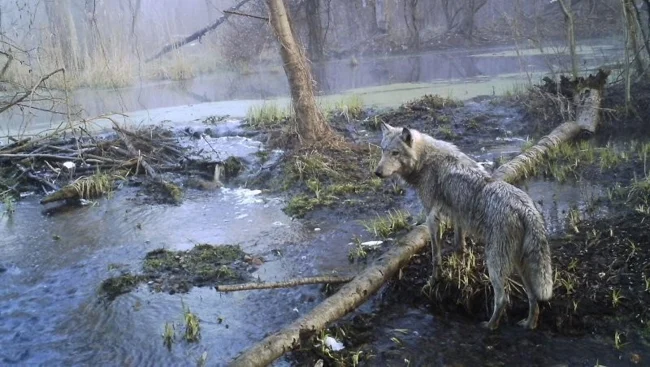
Several decades after the disaster, research was carried out. And it turned out that there are already more large animals in the exclusion zone than there were before April 26.
The endangered European lynx, bison, bears, moose, wolves, and beavers appeared there. This proves that the animal world is able to get used to the most extreme conditions and continue to exist perfectly.
There is nothing good about irradiation, and even in such volumes. But, apparently, for a number of representatives of the animal world, this is less dangerous than human violation of its boundaries and widespread hunting (for entertainment, and not for food, where it is really necessary).
But voles are not so lucky 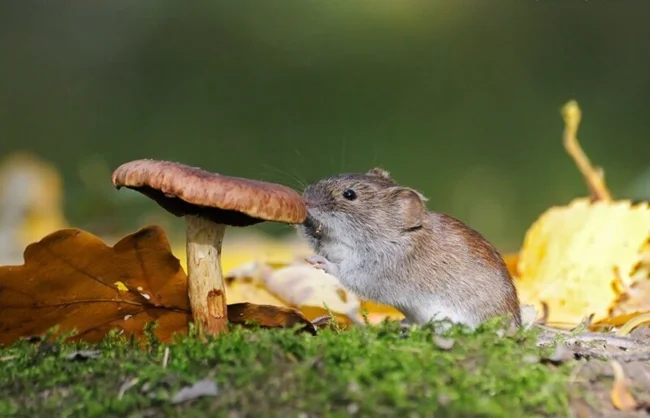
A number of animals are exposed to such force that they simply cannot cope with it. For example, small voles, whose diet includes a large amount of mushrooms. But some of their species perfectly absorb radiation, which is then eaten by hungry mice and gradually die.
The negative impact of radiation on the animal world is manifested in fertility and the effect on the eyes - cataracts in animals inside the exclusion zone are many times more common than outside it.
Insects 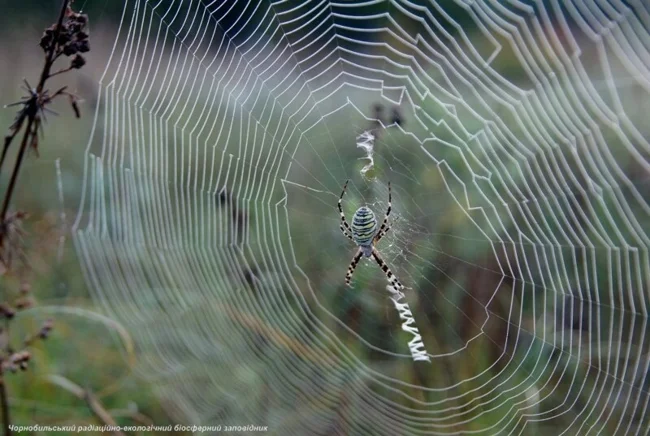
Back in 2009, scientists in the areas around the Fukushima and Chernobyl disasters identified a decrease in the population of insects: cicadas, butterflies, and spiders. But other representatives of the fauna were fine, which suggests that some insects had damaged DNA cells and there could be no talk of further reproduction.
Radiation does not manifest itself as commonly believed 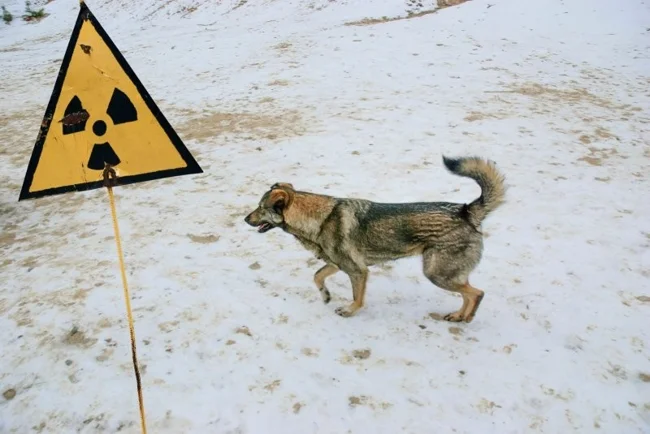
We all know these myths about five-legged dogs and other mutants in the Chernobyl nuclear power plant area.
In 2016, there was a video recording of some catfish of inhuman size, but this was not due to radiation, but to the conditions of the pond and feeding. Yes, catfish is a rather big fish in general.
In the zone, guides who dare to lead excursions warn that you should not touch the animals, because their fur most likely contains radioactive particles.
Those animals that now live in the exclusion zone, all with a normal number of tails, heads and legs, do not glow in the dark.
The explosion at a nuclear power plant led to genetic mutations in humans. But they did not pass these mutations on to their children, which is strange, but a fact is a fact.
Pets 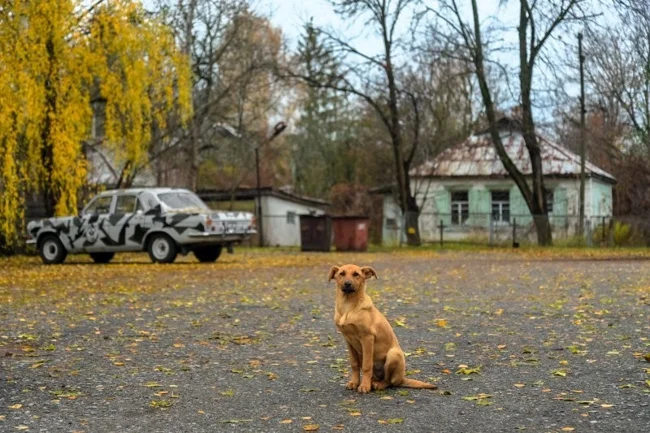
Unfortunately, during the emergency evacuation in April 1986, many owners had to leave their tailed friends behind. Hundreds of dogs remained in empty houses and began to learn to live alone, huddling in packs.
A special fund was opened that organizes the sterilization of once domestic dogs in the disaster area. They vaccinate them, provide medical care and bring food for puppies and kittens.
In 2018 and 2019, dogs with safe levels of radiation were found in Pripyat. Several dozen tails successfully left the zone to their new owners.
People 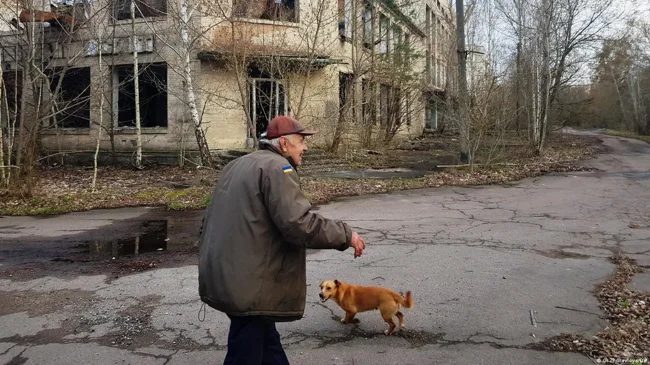
And a little about people. Yes, few people returned to the exclusion zone over time. They took many dogs under their care.
There is a law that, in general, prohibits living in the disaster zone, but they turn a blind eye to its observance. They even came up with a special name for them - “self-settlers” or “self-settlers”. Most often these were elderly people who had lived in the area before the disaster. They return for various reasons and, apparently, these reasons are more significant for them than the risk of diseases and health problems that they can get from radiation exposure.
